Hua Yu
Learning Spiking Neural Network from Easy to Hard task
Sep 26, 2023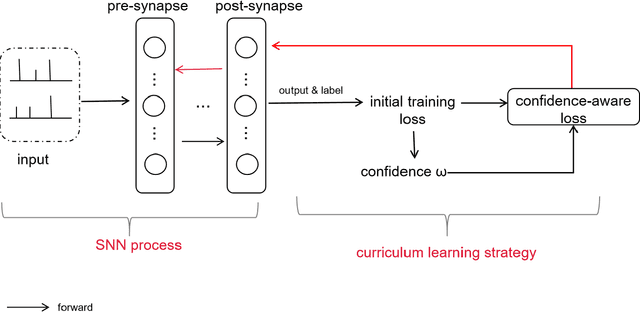
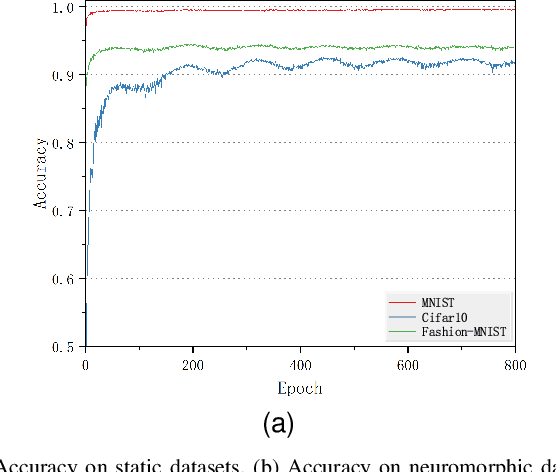
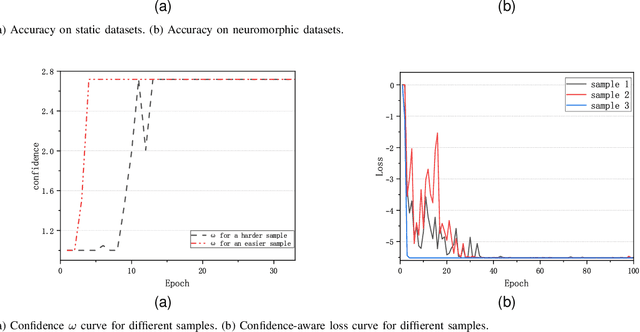
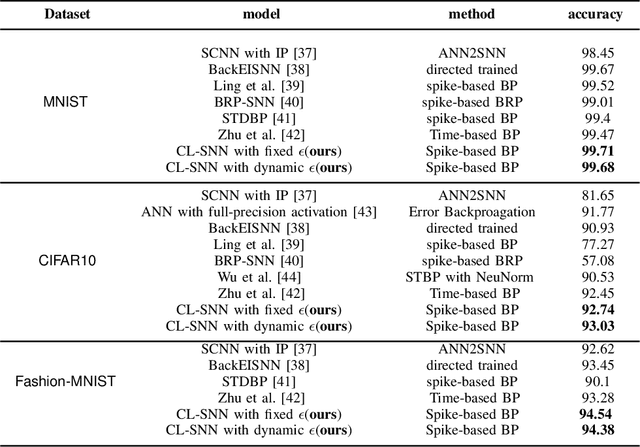
Abstract:Starting with small and simple concepts, and gradually introducing complex and difficult concepts is the natural process of human learning. Spiking Neural Networks (SNNs) aim to mimic the way humans process information, but current SNNs models treat all samples equally, which does not align with the principles of human learning and overlooks the biological plausibility of SNNs. To address this, we propose a CL-SNN model that introduces Curriculum Learning(CL) into SNNs, making SNNs learn more like humans and providing higher biological interpretability. CL is a training strategy that advocates presenting easier data to models before gradually introducing more challenging data, mimicking the human learning process. We use a confidence-aware loss to measure and process the samples with different difficulty levels. By learning the confidence of different samples, the model reduces the contribution of difficult samples to parameter optimization automatically. We conducted experiments on static image datasets MNIST, Fashion-MNIST, CIFAR10, and neuromorphic datasets N-MNIST, CIFAR10-DVS, DVS-Gesture. The results are promising. To our best knowledge, this is the first proposal to enhance the biologically plausibility of SNNs by introducing CL.
High speed free-space optical communication using standard fiber communication component without optical amplification
Feb 27, 2023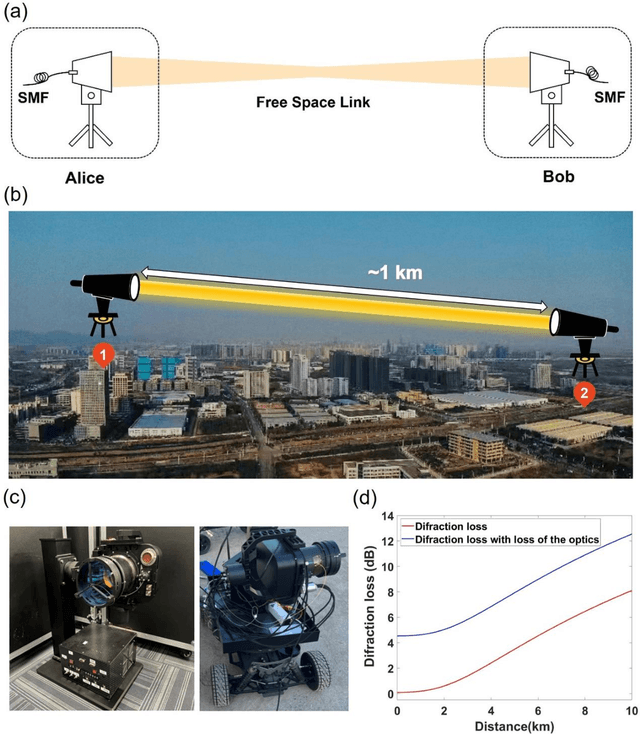
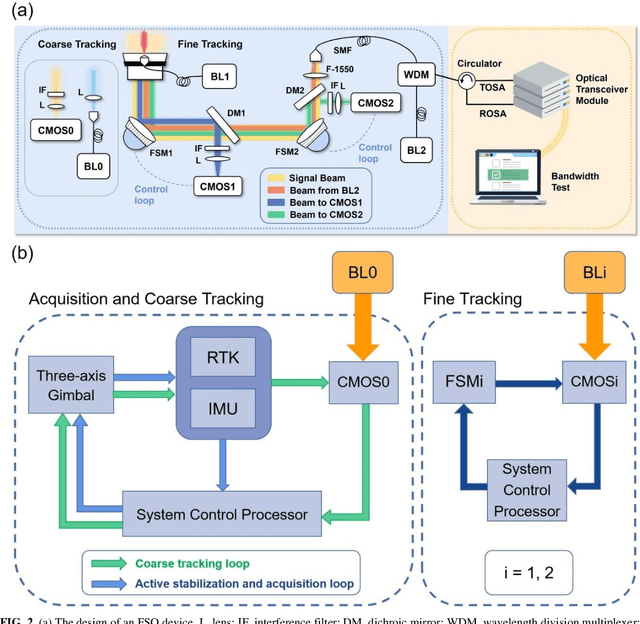
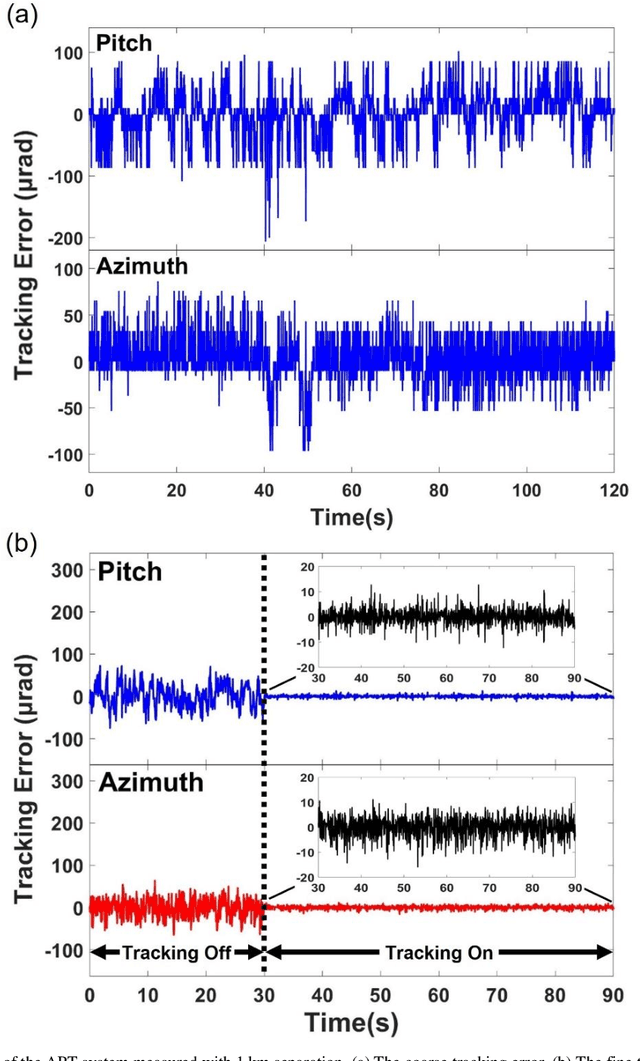
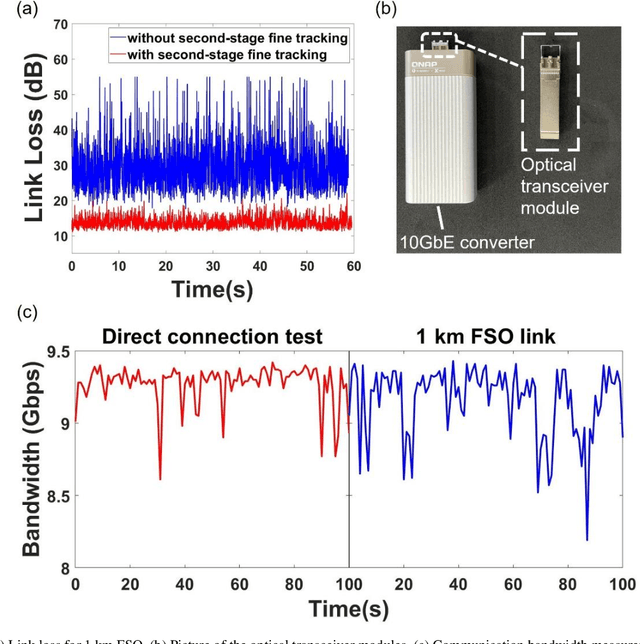
Abstract:Free-space optical communication (FSO) can achieve fast, secure and license-free communication without need for physical cables, making it a cost-effective, energy-efficient and flexible solution when the fiber connection is absent. To establish FSO connection on-demand, it is essential to build portable FSO devices with compact structure and light weight. Here, we develop a miniaturized FSO system and realize 9.16 Gbps FSO between two nodes that is 1 km apart, using a commercial fiber-coupled optical transceiver module with no optical amplification. Basing on the home-made compact 90 mm-diameter acquisition, pointing and tracking (APT) system with four-stage close-loop feedback, the link tracking error is controlled at 3 {\mu}rad and results an average coupling loss of 13.7 dB. Such loss is within the tolerance of the commercial optical communication modules, and without the need of optical amplifiers, which contributes to the low system weight and power consumption. As a result, a single FSO device weighs only about 12 kg, making it compact and portable for potential application in high-speed wireless communication. Our FSO link has been tested up to 4 km, with link loss of 18 dB in the foggy weather in Nanjing, that shows longer distances can be covered with optical amplification.
Next-Generation Multiple Access Based on NOMA with Power Level Modulation
Jul 27, 2021
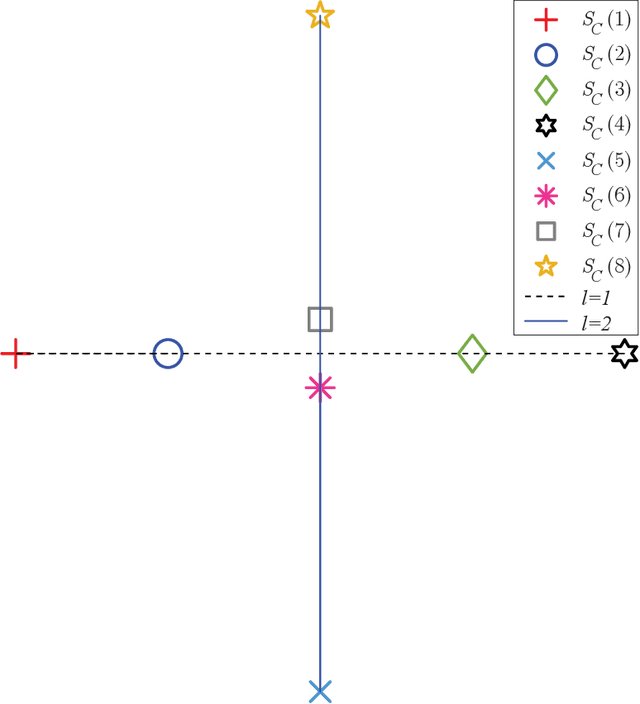
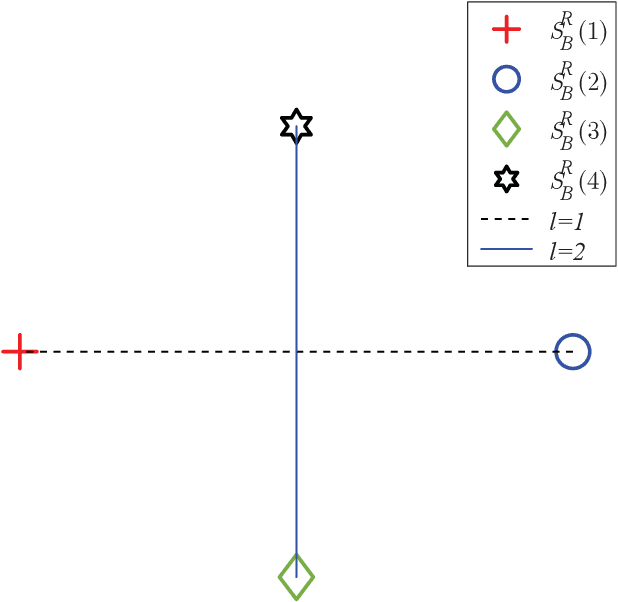
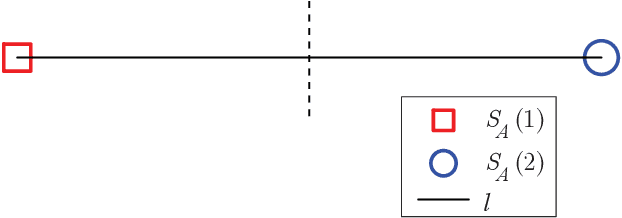
Abstract:To cope with the explosive traffic growth of next-generation wireless communications, it is necessary to design next-generation multiple access techniques that can provide higher spectral efficiency as well as larger-scale connectivity. As a promising candidate, power-domain non-orthogonal multiple access (NOMA) has been widely studied. In conventional power-domain NOMA, multiple users are multiplexed in the same time and frequency band by different preset power levels, which, however, may limit the spectral efficiency under practical finite alphabet inputs. Inspired by the concept of spatial modulation, we propose to solve this problem by encoding extra information bits into the power levels, and exploit different signal constellations to help the receiver distinguish between them. To convey this idea, termed power selection (PS)-NOMA, clearly, we consider a simple downlink two-user NOMA system with finite input constellations. Assuming maximum-likelihood detection, we derive closed-form approximate bit error ratio (BER) expressions for both users. The achievable rates of both users are also derived in closed form. Simulation results verify the analysis and show that the proposed PS-NOMA outperforms conventional NOMA in terms of BER and achievable rate.
 Add to Chrome
Add to Chrome Add to Firefox
Add to Firefox Add to Edge
Add to Edge